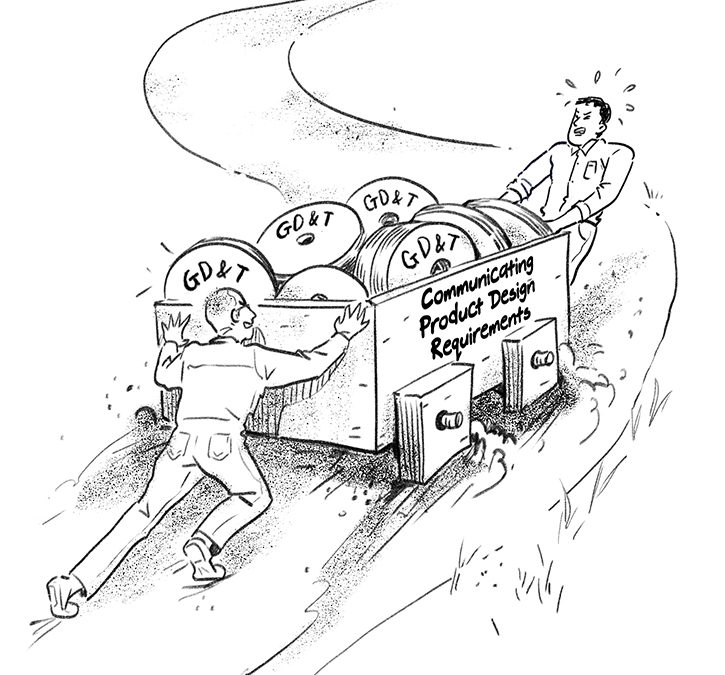In the absence of a standardized way of communicating the functional design requirements of a part, there is a potential for problems to occur during, and after the manufacturing process. Often, such problems are dealt with on a case-by-case basis, in a “firefighting” style, and result in opportunity cost bleeding away due to the fires (i.e. scare resources are used inefficiently.)
The following table lists three problematic situations (fires), and how they can be prevented.
| Fire* | Cause | Preventive action |
|---|---|---|
| Inspection discrepancies between manufacturer and supplier | Different interpretation of drawings leads to incorrect setup of part during inspection and using wrong CMM routines for inspection. | Revise drawings to indicate functional datums and tolerances using GD&T to obtain repeatable measurements. |
| Assembly problems | Wrong locating features used in manufacturing leads to process variation and additional tolerance stacks. | Specify functional datums using GD&T. Analyse and specify functional tolerances correctly using geometric controls on drawings. |
| High in-process rejection | Process unable to meet tight part tolerance specification. | Analyse tolerance and specify functional tolerances correctly using geometric controls for the part drawings. GD&T can allow 57% more tolerance to manufacturing as it uses round tolerance zones. |

